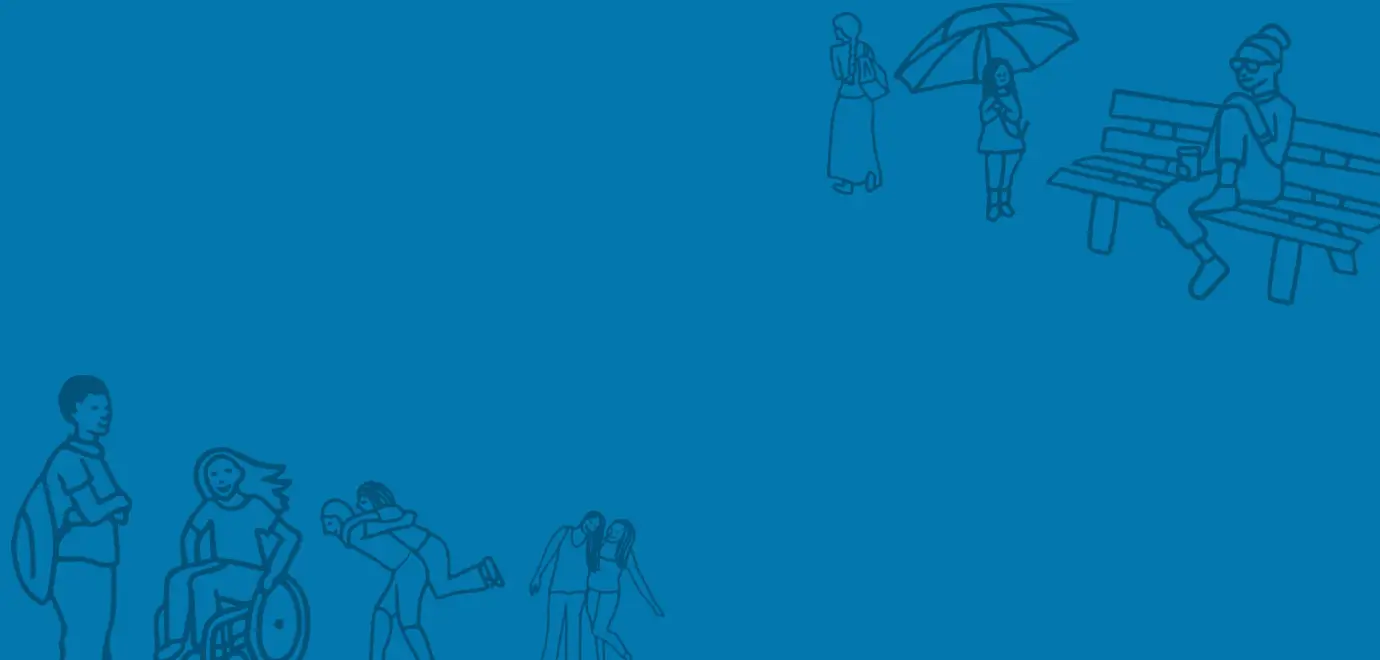It was clear from children’s responses to The Big Ambition that they want their walks to and from school to be clean, green, safe, and pleasant – but often, they are not.
This week is Walk to School Week (May 20 to 24), which encourages children to travel actively to school each day, ideally by walking instead of driving or taking public transport, or by scooting or cycling for those who I’ve further away. To mark Walk to School Week I am taking a look at some of the key themes which came out of The Big Ambition related to walking to school, and what young people said they wanted to improve the experience.
The first key thing children wanted was to see practical improvements in the environment around them:
“Put in more crossing points for kids who walk to school.” – Boy, 10.
“Walking home from school in the winter when it is dark can also be scary as there are not many lights – if more lights were on, we would feel more safe.” – Girl, 11.
“When walking home I feel unsafe due to the lack of zebra crossings at busy intersections.” – Child, 11.
Children also want to see improvements in how public spaces are maintained, to improve the experience of walking to school.
“Usually, when me and my sister walk to school, there is dog poo on the streets near the school. […] My family always report it but the council never do anything about it.” – Girl, 10.
“Cut the leaves, because when I walk to school with my friends, when someone’s walking in front, if there’s a really long branch, and they hold it for them and not us, and it hits us in the face.” – Girl, 9.
Children also made suggestions for changes to rules that would make it safer and easier to walk to school:
“There should be more rules put in place outside schools for parking because quite often cars park on narrow paths and those walking have to walk in the road.”– Girl, 14.
“Allow plain black trainers as it’s easier to walk to school and back as well it saves money when buying school shoes at the beginning of the year.” – Child, 15.
There is some evidence that attendance is better among pupils who live closer to their schools. Distance from home to school can be a barrier to walking to school, and to attending school at all, as some children recognised:
“Lots of children do not get to go to a school within walking distance. This is not good for the environment and not good for my friends who spends countless hours travelling to get to school.” – Girl, 13.
Some councils have introduced special pedestrian and cycle zones outside schools during term-time, known as ‘school streets’. Local areas need help to create more of these and maintain existing ones – there is guidance due from the Department for Transport for councils on introducing school streets.
Some children in The Big Ambition supported schemes such as these:
“The government should make roads (mainly around schools) safer so some older children (year 6) could walk themselves to school.” – Girl, 11.
“The government should enforce double yellow lines or a ‘no parking zone’ around schools whenever it is open, or children are arriving or leaving.” – Girl, 15.
“Ban all cars outside schools when we are walking to school. It is very dangerous, and the air is smelly and unhealthy.” – Child, 10.
To respond to these children’s voices, national and local action is needed to prioritise road safety. This means designing and planning healthier built environments, lower speeds, and safer routes to school – and doing so with children’s needs in mind, not just adults’.






